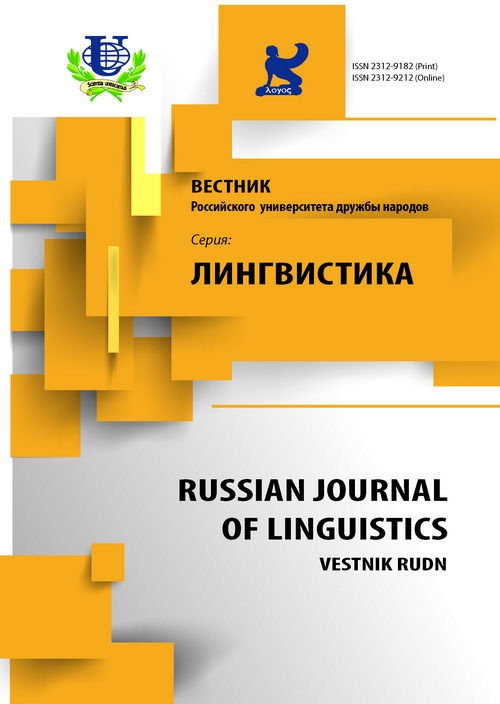详细
The article focuses on interpretation of English-language texts of court opinions. The author briefly considers existing models of text comprehension, while opting for cognitive approach as the basis for analysis of the judicial discourse. The article provides a meta-language developed as analysis methodology of linguistic means of frames’ representation. US court opinions were used as material for analysis. The author also suggests that linguistic means of modus functions’ representation frequently create additional senses in judicial discourse. The paper concludes that the reference to precedent, in addition to the functions of legal reasoning, performs evaluative function, expressing the meaning of speaker’ high degree confidence in what is being reported.














